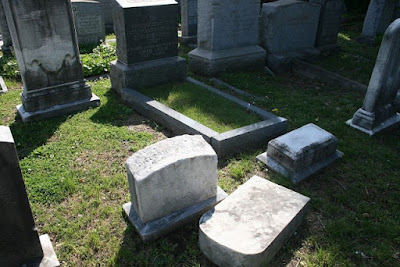Sukkot
SUKKOT
Beginning five days after Yom Kippur, Sukkot is named after
the booths or huts (sukkot in Hebrew) in which Jews dwelt in the dessert after the Exodus.
The festival of Sukkot is one of the three great pilgrimage festivals (chaggim or regalim)
of the Jewish year.
Sukkot History
The origins of Sukkot originated as an ancient autumnal
harvest festival. Indeed it is often referred to as hag ha-asif, “The
Harvest Festival.” (Watch the sky. You will find the harvest moon)
Much of the imagery and ritual of the holiday revolves
around rejoicing to thank God for the harvest. The sukkah represents the huts that farmers lived in during the hectic period of harvest
before the coming of the winter rains.
As is the case with other festivals
whose origins may not have been Jewish, the Bible reinterpreted the festival to
imbue it with a specific Jewish meaning. In this manner, Sukkot came to
commemorate the wanderings of the Israelites in the desert after the revelation
at Mount Sinai, with the huts representing the temporary shelters that the
Israelites lived in during those 40 years.
Sukkot At Home
Home practices include building the sukkah, or hut, that is the
central symbol of the holiday. The sukkah is a
flimsy structure with at least three sides, whose roof is made out of thatch or
branches, which provides some shade and protection from the sun, but also
allows the stars to be seen at night. It is traditional to decorate the sukkah
and to spend as much time in it as possible. Weather permitting, meals are
eaten in the sukkah, and the hardier among us may also elect to sleep in the
sukkah.
Sukkot In the Community
As with all festivals, prayer services play an important role in the
communal celebration of Sukkot. In addition to special festival readings,
including Psalms of Praise (Hallel), Sukkot prayers include asking God to save us (hoshana, from
which we get the English word hosanna). During the Hoshana prayers, congregants
march around the synagogue sanctuary holding the lulav and etrog. The seventh
and last day of the festival (In Israel) is called Hoshanah Rabba, the
“Great Hoshana.”
Hol Hamoed (Intermediate Days) Sukkot
During the intermediate days of Sukkot, one is allowed to
pursue normal activity. Traditionally, one is supposed to hold and wave the lulav
and etrog on a daily basis, eat one’s meals in the sukkah, and continue
to dwell in the sukkah for
the remainder of the holiday.
Sukkot Theology and Themes
The enforced simplicity of eating and perhaps also living in
a temporary shelter focuses our minds on the important things in life and
divorces us from the material possessions of the modern world that dominate our lives. Even so, Sukkot is a joyful holiday and justifiably referred
to as zeman simchateynu, the “season of our joy.”




Comments
Post a Comment